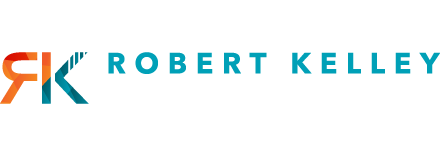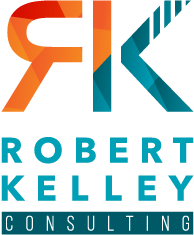8 Proven Ways to Improve Morale and Reduce Burnout
BY ROBERT KELLEY
When your operation is struggling with low morale and employee burnout, it can be very difficult to reverse the cycle. Leaders at all levels have an obligation to address these types of organizational stressors before the work environment becomes toxic and stagnant. Working as a theme park operations executive at Disney for over 30 years, I sometimes found myself walking into a new role where the morale needed a jump start due to the previous leader’s inability to effectively and inspirationally manage the team. In fact, I was often times purposely put into situations like this because I became very effective at turning the tide when it came to leading unmotivated groups that lacked the confidence and optimism to achieve their goals. That said, it’s not easy to do, especially in a company the size of Disney with a complex and multi-faceted organizational structure. Over time, though, I landed on 8 highly effective tactics I used successfully to gain the trust of employees, solicit feedback, and reverse declining morale. Of course, you have to do a lot more than just hear the feedback, you have to act on as well. Here are some thought-starters on the topic:
- First and foremost, listen to any and all work-related problems. Start with your direct reports and talk to each of them both individually and as a group. Ask open-ended questions about the workplace. Dig deep when asking for their comments and responding to their feedback. Make sure they know and are confident that you are determined to understand all of the underlying issues and will take immediate steps to address them.
- Next, meet with lower level leaders and employees within the company. For very small teams, this is fairly easy to do, but in larger, multi-layered organizations, you may need to meet with entire groups of employees rather than individuals. When I was with Disney, I typically had 3-4 levels of leadership reporting up through me. Within 90 days of transferring into a new role there, I would meet with every single leader in my organization, regardless of level, for an introductory one-on-one discussion so that I could get to know them and they could get to know me. During the conversation, I would ALWAYS ask these three questions:
- What are you MOST proud of about the team’s ability to deliver on expectations?
- What are you LEAST proud of?
- If you had my job right now, what ONE thing would you immediately do to make this team better?
Doing this would help me to identify underlying trends and issues impacting the team and the operation. It also allowed me to quickly build a level of trust and rapport with every single member of the group. It’s important to create an atmosphere of trust during these discussions so that people feel they are being heard and that their specific comments will not be used against them in the process of making changes to the organization.
- Get some very quick and early “wins” with the team. Identify low hanging fruit that can easily be corrected and that will give you huge gains and credibility with your organization. This approach will build great momentum and will get you the buy-in you need to go after to really difficult issues. When employees feel like they are part of the solution, they are much more likely to support your efforts and help you achieve success.
- Eliminate silos and bring the team together as one unit. Silos and personal agendas are operational killers. They fester and gnaw at the productivity of the team and will ultimately cost you when it comes to turnover, customer service, and eventually profits.
- Shake up the team! Comfort breeds mediocrity. When people become super-comfortable in their jobs, their performance and output tend to decline. While subject matter expertise is an obvious need, so is the ability to successfully lead teams. Many times, you can put a great leader into a role they are unfamiliar with and their new surroundings will inspire and motivate them to take you to the next level. It’s a fresh set of eyes and, often times, this is what you need to re-boot your organization.
- Ensure you have right fit talent in place. At Disney, I always used Gallup’s StrengthsFinder tool to assess individual and group dynamics, then I would build my teams to ensure we had the right people in the right jobs and that as a whole, they were well balanced and complimentary of every person’s unique traits. It’s critical that people are in jobs they enjoy doing. According to a Gallup survey, when individuals are happy in their roles, they are 57% less likely to experience burnout.
- Conduct exit interviews when people leave your company. I’m surprised that so many organizations miss this golden opportunity to capture feedback. While you may have to sit through the occasional disgruntled employee vent about their situation, you may also pick up on some common themes. Ask them why they’re leaving. Ask them what things could you have done to prevent them from leaving? You will get some interesting insight by doing this.
- Always create an environment that encourages and welcomes 360-degree feedback. It’s important that people know how they’re performing not just in the eye of their direct leader, but also from the perspective of co-workers, partners, and other stakeholders they regularly deal with.
By using these tactics over time, you will begin to see buy-in, ownership, and highly motivated people which will lead to improved operational efficiency and bigger profits. It is absolutely critical that leaders create an environment where teamwork thrives and people are truly happy and satisfied with their jobs. Are you struggling with a scenario like this? Would you like to turn your operational silos into synergy? If so, my Total Operational Team Alignment service can help. Reach out for a free phone consultation at 407-470-6771 or visit my website for more information on all of my services.



